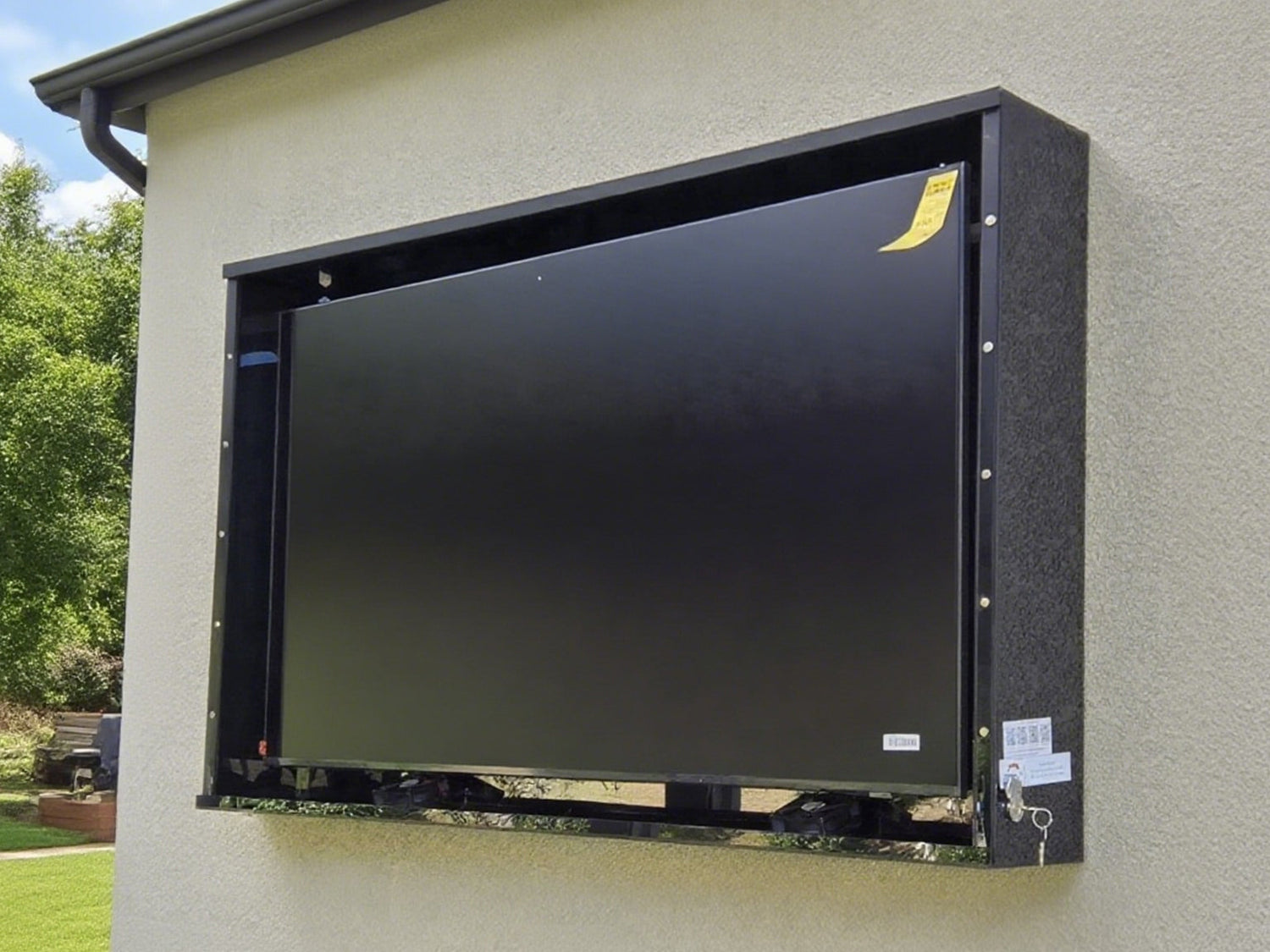
How to make a regular TV an outdoor TV?
Converting a regular indoor TV for outdoor use is a popular and more affordable alternative to buying a dedicated outdoor TV. However, it requires careful consideration and proper protection to ensure the TV's longevity and safety. The key is to shield the indoor TV from the elements, as it is not designed to withstand moisture, extreme temperatures, dust, or direct sunlight.
Here's a breakdown of the key steps and considerations for making a regular TV an outdoor TV:
The Most Important Component: A Weatherproof Enclosure
A weatherproof enclosure is the single most critical element for this project. It acts as a protective shell, shielding the TV from all the outdoor hazards it's not built to handle. These enclosures are designed with specific features to address the challenges of an outdoor environment:
-
Weather Protection: They are sealed to prevent rain, snow, humidity, and dust from getting inside and damaging the sensitive electronics. Look for enclosures with a high IP (Ingress Protection) rating.
-
Temperature Control: Outdoor temperatures can fluctuate dramatically. Many high-quality enclosures come with built-in fans to cool the TV in hot weather and some may even have a heating system for cold climates. This is crucial as regular TVs can overheat in the sun or be damaged by freezing temperatures.
-
UV and Glare Protection: Direct sunlight can cause a regular TV's screen to become difficult to see and can damage the display over time. Enclosures often have a clear, UV-resistant front panel (often made of a strong material like polycarbonate or plexiglass) that also helps reduce glare.
-
Security: Enclosures typically have locking mechanisms to protect your TV from theft and vandalism.
DIY vs. Pre-built Enclosures:
-
Pre-built Enclosures: This is the most reliable option. Companies like AcrtMatic a range of enclosures for different TV sizes, with features like anti-glare screens, temperature control systems, and heavy-duty, lockable designs. While more expensive than a DIY solution, they offer the best protection
-
DIY Enclosures: For those with woodworking or DIY skills, building a custom enclosure is a possibility. You can use weatherproof materials like marine-grade plywood or PVC. However, you'll need to carefully design it to ensure proper ventilation, sealing, and a clear, protective front panel. It's important to use weather-rated screws, hinges, and sealants.
Location and Placement
Even with an enclosure, the location of the TV is important for both protection and viewing experience.
-
Shade is Best: Position the TV in a shaded area, such as under a covered patio, an awning, or a gazebo. This will reduce the risk of overheating and improve screen visibility by minimizing direct sun glare.
-
Avoid Direct Sun: Try to avoid a north-facing installation (in the Northern Hemisphere) as this will expose the screen to more sun. If you can, face the TV towards the south.
-
Secure Mounting: Use a heavy-duty, weather-rated wall mount that can support the combined weight of your TV and the enclosure. A pivoting or articulating mount can be useful to adjust the viewing angle and move the screen away from direct sunlight.
Electrical and Cabling
All wiring for an outdoor TV setup must be properly protected and rated for outdoor use.
-
Outdoor-Rated Power Outlet: Use a GFCI (Ground-Fault Circuit Interrupter) outlet that is rated for outdoor use and has a protective cover.
-
Cable Management: Run all cables—power, HDMI, antenna, etc.—through the enclosure's sealed cable pass-throughs to keep them dry and safe from pests and weather. If you need to run cables over a long distance, consider using a different type of cable, like a CAT5/6 cable with an HDMI converter, as standard HDMI cables are not designed for long runs.
Other Considerations
-
Sound: A TV's internal speakers may be hard to hear outdoors. Consider connecting the TV to a set of weatherproof outdoor speakers for a better audio experience.
-
Accessories: If you use accessories like a Roku, Apple TV, or other streaming devices, you can install them inside the enclosure to protect them from the elements.
-
Maintenance: Even with an enclosure, it's a good idea to periodically check the seals and clean the screen and enclosure to ensure everything is in good working order.
